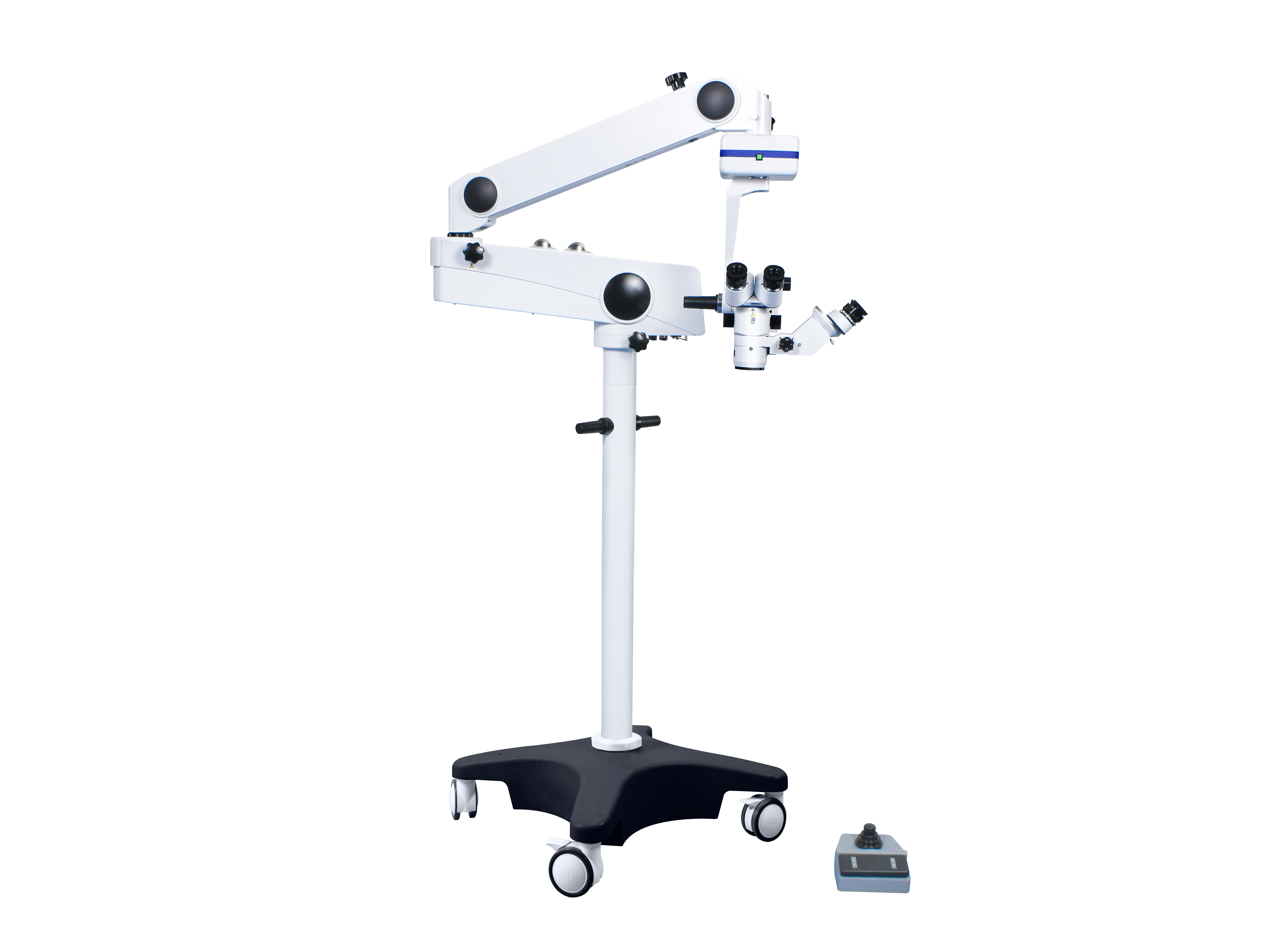Advancing Precision in Eye Care: The Evolution and Impact of Ophthalmic Surgical Microscopes
In the realm of modern ophthalmology, the ophthalmic surgical microscope has become an indispensable tool, revolutionizing how delicate eye procedures are performed. These sophisticated devices, often referred to as ophthalmology microscopes or eye surgery microscopes, combine high-resolution optics, ergonomic design, and advanced illumination systems to empower surgeons with unparalleled visualization. Whether used for cataract removal, retinal repair, or corneal transplants, surgical microscopes in ophthalmology enable precision at a microscopic level, minimizing risks and improving patient outcomes. The evolution of these instruments reflects decades of innovation by ophthalmic surgical microscope manufacturers, who continuously refine their products to meet the growing demands of complex ocular surgeries. Today’s ophthalmology operating microscopes integrate features like adjustable magnification, 3D imaging, and customizable lighting, ensuring adaptability across diverse clinical scenarios.
At the heart of this technological advancement lies the integration of specialized components such as the ophthalmic microscope camera. This add-on allows real-time documentation of procedures, facilitating collaboration among medical teams and enhancing training for aspiring surgeons. Leading ophthalmic microscope manufacturers have also prioritized user-centric designs, developing lightweight systems with motorized focus and zoom controls to reduce surgeon fatigue during lengthy operations. For instance, an operating microscope for ophthalmology might include foot pedal controls, enabling hands-free adjustments mid-procedure. These innovations not only streamline workflows but also underscore the role of ophthalmic instruments suppliers in bridging cutting-edge engineering with practical clinical needs. As a result, ophthalmology microscopes have transitioned from static observational tools to dynamic, interactive platforms that support minimally invasive techniques and improve surgical accuracy.
When considering an ophthalmic operating microscope, cost inevitably plays a critical role in decision-making. The ophthalmic microscope price spectrum varies widely, influenced by factors such as optical quality, brand reputation, and technological add-ons. While premium models from top-tier ophthalmic manufacturers may represent a significant investment, their long-term reliability and advanced features often justify the expense. For clinics with budget constraints, used ophthalmic operating microscopes present a viable alternative. Refurbished ophthalmology surgical microscopes, when sourced from reputable suppliers, can deliver high performance at a fraction of the original ophthalmology microscope price. However, buyers must evaluate factors like warranty coverage, service history, and compatibility with modern accessories such as digital imaging systems. Balancing upfront costs with lifecycle value remains key when selecting between new and used ophthalmic microscopes.
The growing accessibility of these devices owes much to the competitive landscape shaped by global ophthalmic manufacturers and specialized ophthalmic instruments suppliers. Companies renowned for producing operating microscopes for ophthalmology often offer comprehensive support packages, including training, maintenance, and software updates. This ecosystem ensures that even advanced tools like the ophthalmic operating microscope with integrated OCT (optical coherence tomography) or fluorescence imaging become attainable for smaller practices. Moreover, the emergence of modular systems allows clinics to upgrade components incrementally—such as adding a high-definition ophthalmic microscope camera—rather than replacing entire units. Such flexibility aligns with the evolving needs of ophthalmic surgery, where adaptability and scalability are as crucial as initial performance metrics.
Looking ahead, the future of ophthalmology microscopes will likely be defined by smarter, more connected systems. Innovations such as AI-assisted image analysis, augmented reality overlays, and cloud-based data sharing are poised to transform the operating microscope for ophthalmology into a hub of digital integration. Meanwhile, sustainability concerns are driving interest in refurbished ophthalmic microscopes, with manufacturers expanding trade-in programs and recycling initiatives. As ophthalmic surgical microscope manufacturers continue to push boundaries in optics and ergonomics, the focus remains on enhancing surgical outcomes while democratizing access to technology. For ophthalmologists and healthcare institutions alike, investing in the right microscope—whether a state-of-the-art model or a certified used ophthalmic operating microscope—is not just a procurement decision but a commitment to advancing the standard of eye care worldwide. Through collaboration between innovators, suppliers, and practitioners, these remarkable instruments will keep illuminating the path toward visual health, one precise procedure at a time.

Post time: Feb-20-2025







